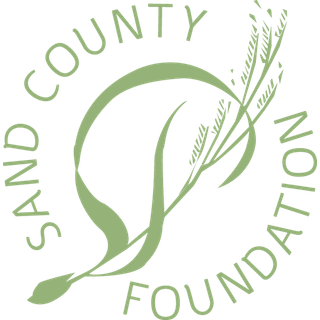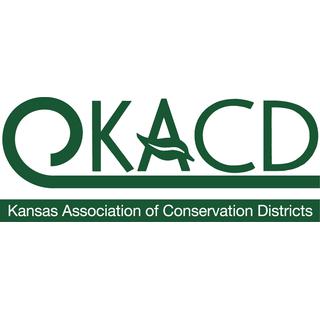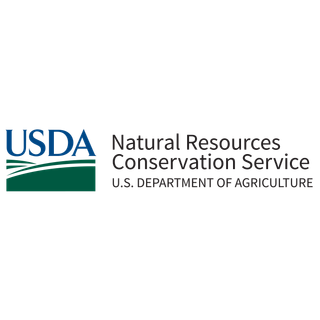Kevin Wiltse’s conservation journey began on a bus.
He traveled with his father to Dakota Lakes in 1996 to learn about soil health. The day after returning home, they sold their tillage equipment and bought a no-till drill. But soil health success didn’t come overnight, nor was it achieved relying solely on not tilling the soil.
Ever since that fateful trip, Kevin’s commitment to conservation has driven him to challenge conventional approaches and pursue untested methods of farming. The result has been a more profitable business, one less reliant on commercial inputs and subsidies, while balancing agricultural productivity with ecological integrity.
One of the most transformative aspects of his strategy has been successfully transitioning more than 500 acres of conventional cropland to native perennial grasses and forbs, without cost-share assistance. By fostering deep-rooted plants, he improves soil structure, enhances water retention, and mitigates the impact of drought.
Enhancing biodiversity while preventing erosion is why Kevin also began growing cover crops within his normal rotation of crops. The presence of continuous ground cover provided more options to graze beef cattle year-round.
Beyond individual farming techniques, Kevin’s success lies in his mindset. He partners with nature rather than trying to control it. This philosophy drives experimentation with interseeding crops, biological amendments, and perennial cool-season planting. Each practice reinforces his farm’s ability to withstand unpredictable weather and market conditions.
Kevin, and his wife Amanda and their three children farm with his mother. Wiltse Family Farms consists of native range and dryland cropland spread across three counties.
Kevin made sweeping changes to the farm’s business model after attending the Ranching for Profit School in 2013 amid a three-year drought. He decided to rely less on cash crops and more on grazing cattle.
The large, intact land base at Wiltse Family Farms has made grazing and moving livestock easier. The borders of farm fields, planted with diverse perennial vegetation, are fenced in to serve as travel lanes between pastures for cattle. These perennial borders attract beneficial pollinators and pheasants. About 30,000 feet of water lines were installed to distribute water to stock tanks. The only cash crops grown now are, milo, triticale and rye, all of which can double as forage for livestock and wildlife.
Kevin credits rotationally grazing livestock on cover crops and diverse perennial pastures with accelerated restoration of the soil. His pastures have remained green during recent periods of drought. More grass on the ground attracts more wildlife and insects, which Kevin considers a good indicator of success.
Kevin’s impact extends beyond his own farm with speaking engagements and mentoring other landowners. Leading experts in regenerative agriculture seek his insights. Yet, he admits that 30 years ago as a Kansas State graduate, he was more concerned with crop yields than soil health and bird habitat.
“You need to be at your place and time to do this,” he said.
Much like the bus tour he took years ago, he encourages others to visit farms and ranches that utilize conservation practices, and to then experiment on a few acres at home.
Peers and visitors are consistently inspired by Kevin’s quiet and humble stewardship. His willingness to test and refine methods is pushing conservation agriculture forward, while establishing a model for future generations.







